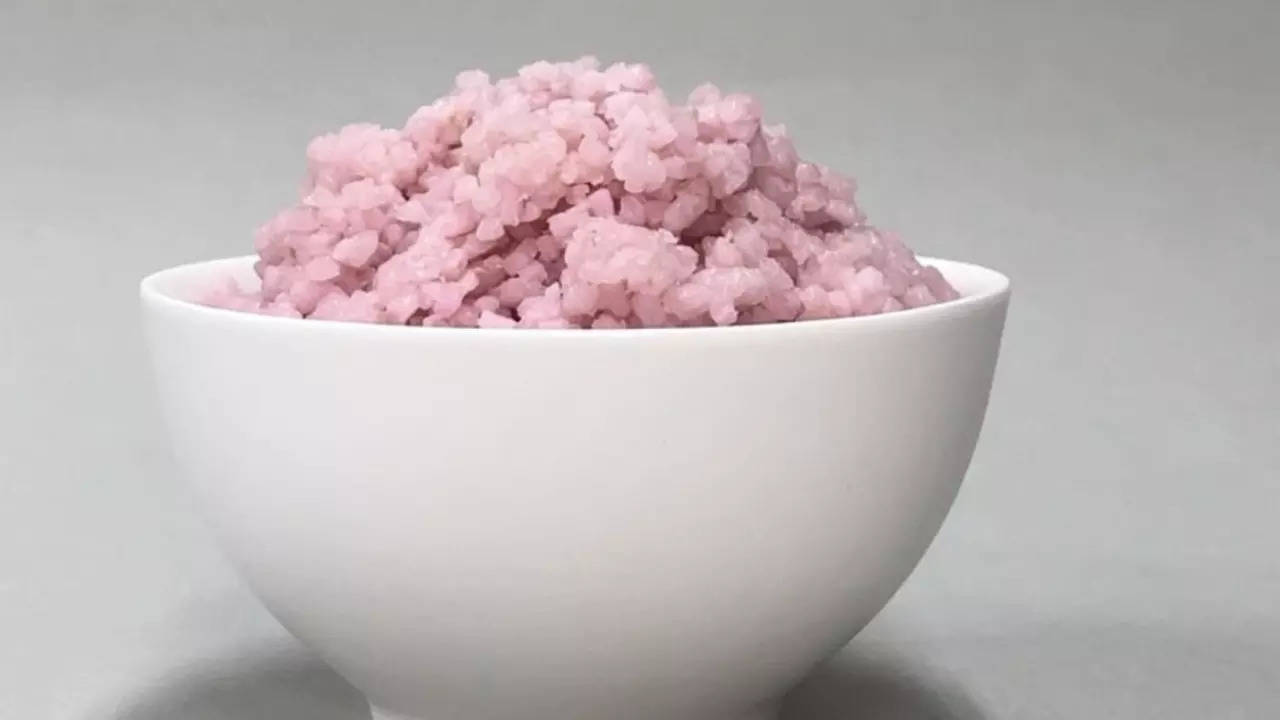[ad_1]
The hybrid meaty riceResearchers from Yonsei University in South Korea meticulously crafted this hybrid rice in a laboratory, incorporating various types of meat and even a hint of fish flavour. While it outwardly resembles regular rice, it packs a nutritional punch with 8% more protein and 7% more fat than traditional meat. Notably, this rice has an impressive shelf life of 11 days and can be conveniently stored at room temperature, providing essential nutrients for muscle development.
The need for this hybrid rice
The versatility of this rice extends beyond culinary delight. Its long shelf life makes it suitable for critical situations such as war or emergencies, catering to the needs of military personnel. Additionally, it has the potential to combat malnutrition effectively and offers an economical alternative to conventional protein sources. Scientists assert that the production process is so straightforward that it could eliminate the need for extensive animal farming.
Understanding the link between Magnesium and Vitamin D
The benefits
An added environmental benefit of this hybrid rice is its minimal carbon emissions during production. A report published in the Matter Journal reveals that producing 100 grams of protein from beef emits 49.89 kg of carbon dioxide, while hybrid rice only releases 6.27 kg. Traditionally, animal-based protein sources contribute significantly to greenhouse gas emissions, highlighting the sustainability and eco-friendliness of this innovative rice.
In comparison to conventional animal farming, which consumes substantial resources and water, this rice offers a more efficient and environmentally friendly solution. The prospect of reducing the need for extensive animal rearing raises questions about consumer acceptance once it enters the market. The potential benefits, both in terms of nutrition and environmental impact, position this non-vegetarian rice as a unique and promising development in the world of food science.
(Images courtesy: Yonsei University)
[ad_2]
Source link






